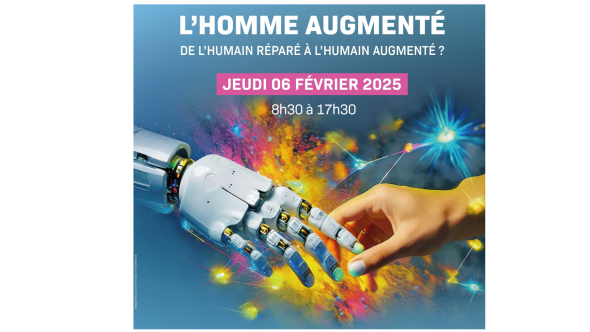From the repaired human to the augmented human?
International and interdisciplinary symposium proposed by REHNam, the Network of Honorary Emeritus of Namur.

International and interdisciplinary symposium proposed by REHNam, the Network of Honorary Emeritus of Namur.

Human beings have always sought to surpass the limits of their bodies. The first prosthetic foot appeared in Egypt in 600 BC. The 13th century saw the appearance of spectacles in Italy. The 17th century saw the development of various "scopes" to enhance vision of the infinitely small and the infinitely large. In the industrial sector, the 19th and 20th centuries saw the development of mechanization and then automation, with the aim of making gestures formerly performed by human hands alone faster and more precise... Not to mention all the progress accumulated over the centuries in medicine and surgery, which are also aimed at repairing or surpassing the natural limits of the human body. We agree that the field is very vast and is part of the long history of mankind...
It is therefore important to target what we are talking about when we invoke the terms 'Augmented Man' and to distinguish it, despite the continuity of the project, from the innovations of the past. As philosopher Emmanuelle Perrin-Huisman (2018) points out, to speak of augmentation is first and foremost to take a quantitative rather than a qualitative viewpoint. Augmenting Man, she tells us, "is wanting to increase his longevity, his performance, his power, his power over nature and others." Then, to speak of augmented Man in the 21st century is to target augmentations that rely on nanotechnologies, biotechnologies, computer and cognitive sciences (NBIC) and their increasingly advanced convergence in projects to surpass Man's physical, cognitive or emotional limits. Finally, it also means questioning the imaginaries of immortality and technological Darwinism that are part of transhumanist currents of thought heralding the gradual emergence of a post-human individual.